In the intricate world of aquariums, where chemistry and biology intermingle, phosphorus emerges as a vital element essential for life’s aquatic symphony. Its pivotal role in sustaining these delicate ecosystems underscores the need to comprehend its dynamics within tanks. The balance of phosphorus is more than a chemical necessity; it’s the equilibrium that dictates the vitality of aquatic life.
Content Table
Mastering the Phosphorus cycle, and regulating its levels—are the keys to nurturing thriving underwater worlds. To safeguard the health of these ecosystems, understanding phosphorus and the phosphorus cycle steps becomes paramount, guiding us in the art of maintaining this delicate aquarium harmony.
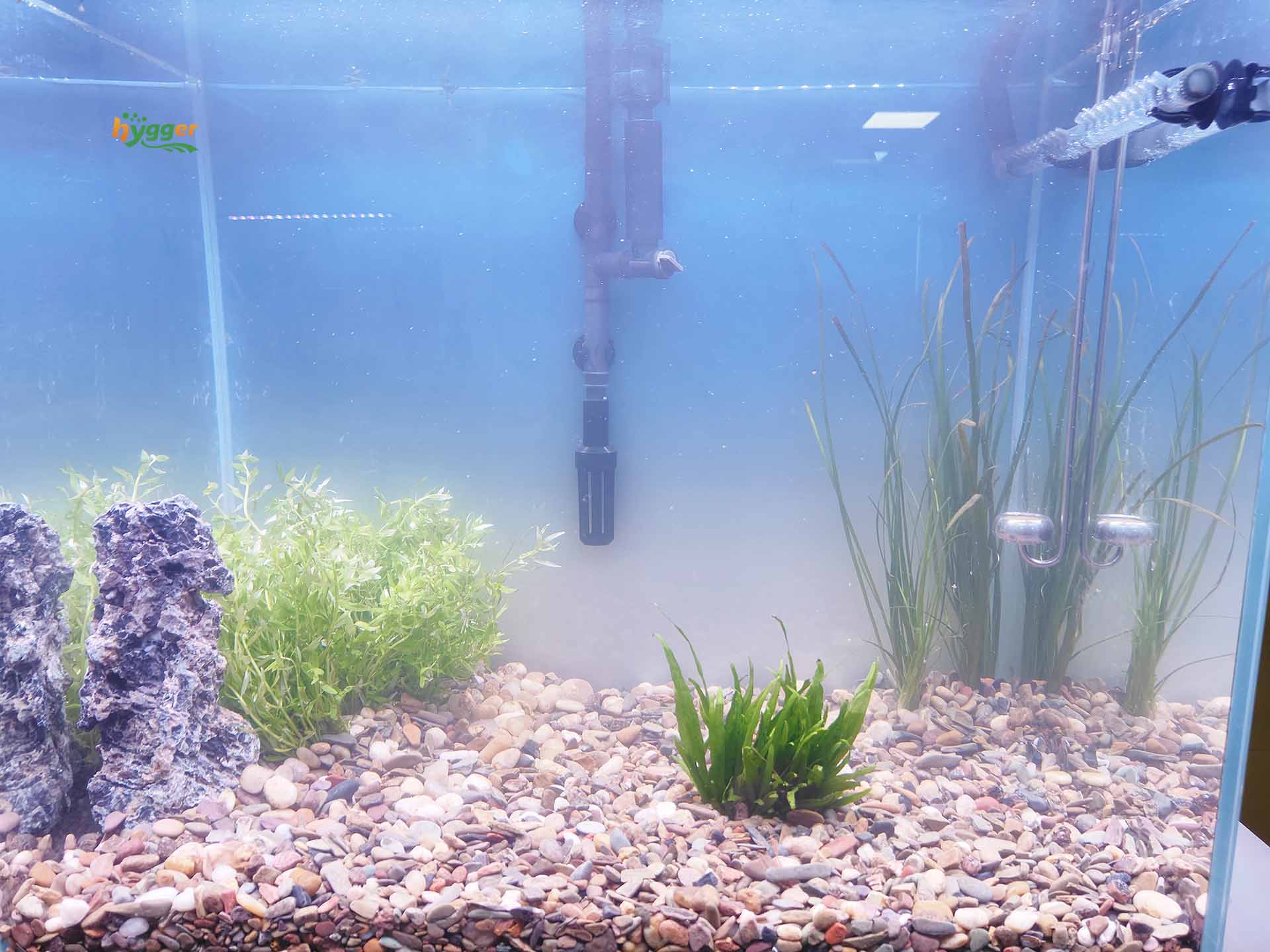
Phosphorus
Phosphorus, an elemental cornerstone in aquariums, manifests in various forms that shape the intricate tapestry of aquatic life. Within these ecosystems, it predominantly appears as phosphate ions (PO4), the elemental configuration fundamental to the vitality of marine and freshwater habitats. This ubiquitous compound exists in soluble, insoluble, and organic forms, each playing a distinct role in the aquarium milieu.
1. Soluble Phosphorus
In its soluble form, phosphorus becomes readily available in the aquatic environment, easily assimilated by plants and algae. This accessibility fuels their growth, acting as a catalyst for the proliferation of vibrant aquatic flora.
2. Insoluble Phosphorus
Contrastingly, insoluble phosphorus forms bound with sediments, presenting a reservoir of this vital element. While less immediately accessible, these reserves contribute to long-term nutrient availability within the ecosystem.
3. Organic Phosphorus
Organic matter within aquariums hosts phosphorus in organic compounds. These compounds, arising from decaying matter, serve as a reservoir slowly releasing phosphorus, influencing the nutrient balance crucial for sustained aquatic life.
What Does Phosphorus Do in the Aquarium?
In an aquarium, phosphorus plays a pivotal role in sustaining life within the aquatic ecosystem. Its input and output create a delicate balance, influencing the overall health of the environment.
Phosphorus Input and Output
Phosphorus enters the aquarium through various avenues. Fish waste, uneaten food, decaying organic matter, and tap water used for filling or regular top-ups can introduce phosphorus compounds. This influx of phosphorus is essential as it serves as a building block for DNA, RNA, and the energy currency of cells—adenosine triphosphate (ATP).
However, the output of phosphorus from the aquarium ecosystem is equally important. The cycle involves the absorption and utilization of phosphorus by aquatic plants and algae. These organisms uptake phosphate ions from the water column for photosynthesis and growth. When fish consume these plants or algae, phosphorus returns to the water as waste, and a new Phosphorus cycle is restarted.
The Role of Phosphorus
Phosphorus is fundamental for the growth and development of aquatic organisms. It facilitates the transfer of energy within cells, regulates metabolic processes, and is crucial for the formation of skeletal structures in many aquatic species. Adequate phosphorus levels are essential for healthy fish growth, vibrant plant life, and overall ecosystem balance.
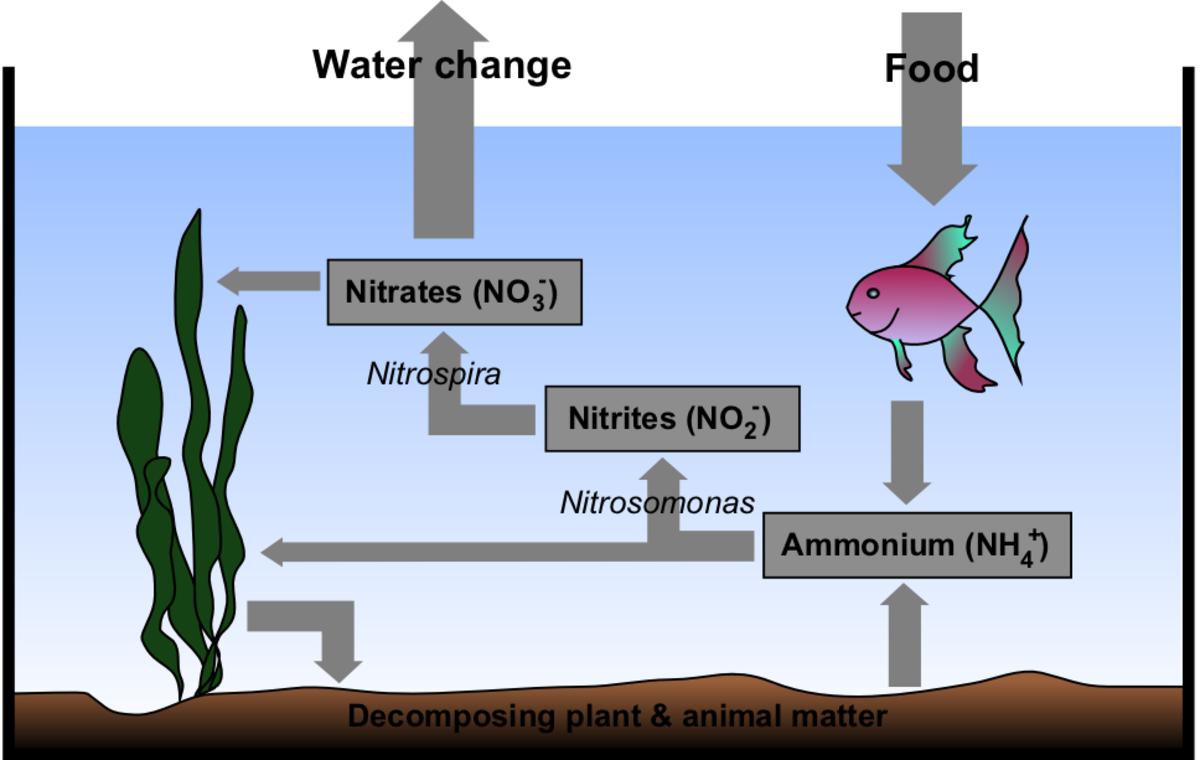
Impacts of High Phosphorus – Hyperphosphatemia
However, excess phosphorus can lead to hyperphosphatemia, a condition with detrimental effects in freshwater and saltwater aquariums. Elevated phosphorus levels trigger multiple issues:
- Algal Blooms
Excessive phosphorus serves as a potent nutrient for algae, fueling rapid growth. Algal blooms cloud the water, outcompeting other plants, and disrupting the balance of the aquarium. Dense algal growth can deprive other organisms of light and oxygen, leading to their decline.
- Water Quality Degradation
Algal blooms and excessive organic matter due to high phosphorus levels can deteriorate water quality. This compromises the health and stress levels of fish, invertebrates, and plants within the aquarium.
- Imbalance in Nutrient Levels
High phosphorus often accompanies imbalances in other nutrients, such as nitrogen and the nitrogen cycle. This imbalance can further exacerbate algal growth and disrupt the natural equilibrium of the aquarium ecosystem.
The Phosphorus Cycle in Aquariums
Enter the phosphorus cycle—a dynamic process crucial for maintaining a healthy aquatic ecosystem. In this cycle, phosphorus moves through various stages, starting with its introduction into the aquarium through organic matter. Bacteria and microorganisms break down this organic material, releasing phosphorus as phosphate ions into the water. Then, aquatic plants and algae absorb these ions, utilizing them for growth. Finally, fish and other organisms consume these plants, completing the cycle as phosphorus returns to the water through waste.
Phosphorus Cycle Steps in Aquarium Tanks
The phosphorus cycle in aquariums orchestrates a complex interplay of biological and chemical processes, it is crucial for the sustenance of aquatic life. Understanding the distinct phosphorus cycle steps in different tank environments sheds light on how phosphorus moves through these ecosystems.
Freshwater Aquariums
- Introduction of Phosphorus
In freshwater tanks, phosphorus infiltrates the ecosystem through organic matter, fish waste, and food remnants. This initial entry sets the stage for the phosphorus cycle to commence.
- Microbial Breakdown
Beneficial bacteria and microorganisms break down organic compounds, releasing phosphorus in the form of phosphate ions (PO4) into the water. This stage marks the conversion of organic phosphorus into a form usable by aquatic plants.
- Plant Utilization
Aquatic plants play a pivotal role by absorbing phosphate ions from the water. This absorption aids in the growth and development of these plants while simultaneously reducing phosphate levels in the aquarium.
- Consumption and Return
As fish and other organisms consume these plants, phosphorus becomes integrated into their biological processes. Through waste excretion and decaying matter, phosphorus re-enters the water, restarting the cycle.
Saltwater Aquariums
a.Organic Input and Decomposition
Similar to freshwater setups, organic matter, and waste serve as the primary sources of phosphorus input in saltwater tanks. Detritus, uneaten food, and fish waste contribute to the phosphorus load.
b.Corals and Invertebrates
Corals and various invertebrates, such as clams and certain types of algae, are integral to the phosphorus cycle in saltwater tanks. These organisms actively take up phosphate ions from the water to support their skeletal structure and growth.
c.Algae Utilization and Predation
Algae in saltwater tanks contribute to phosphorus uptake, utilizing phosphate ions for growth. Additionally, fish and other marine life consume algae and other organisms, cycling phosphorus within the ecosystem.
d.Regeneration and Recycling
Much like in freshwater tanks, the phosphorus cycle continues as it is released back into the water through waste and decaying matter, initiating the process anew.
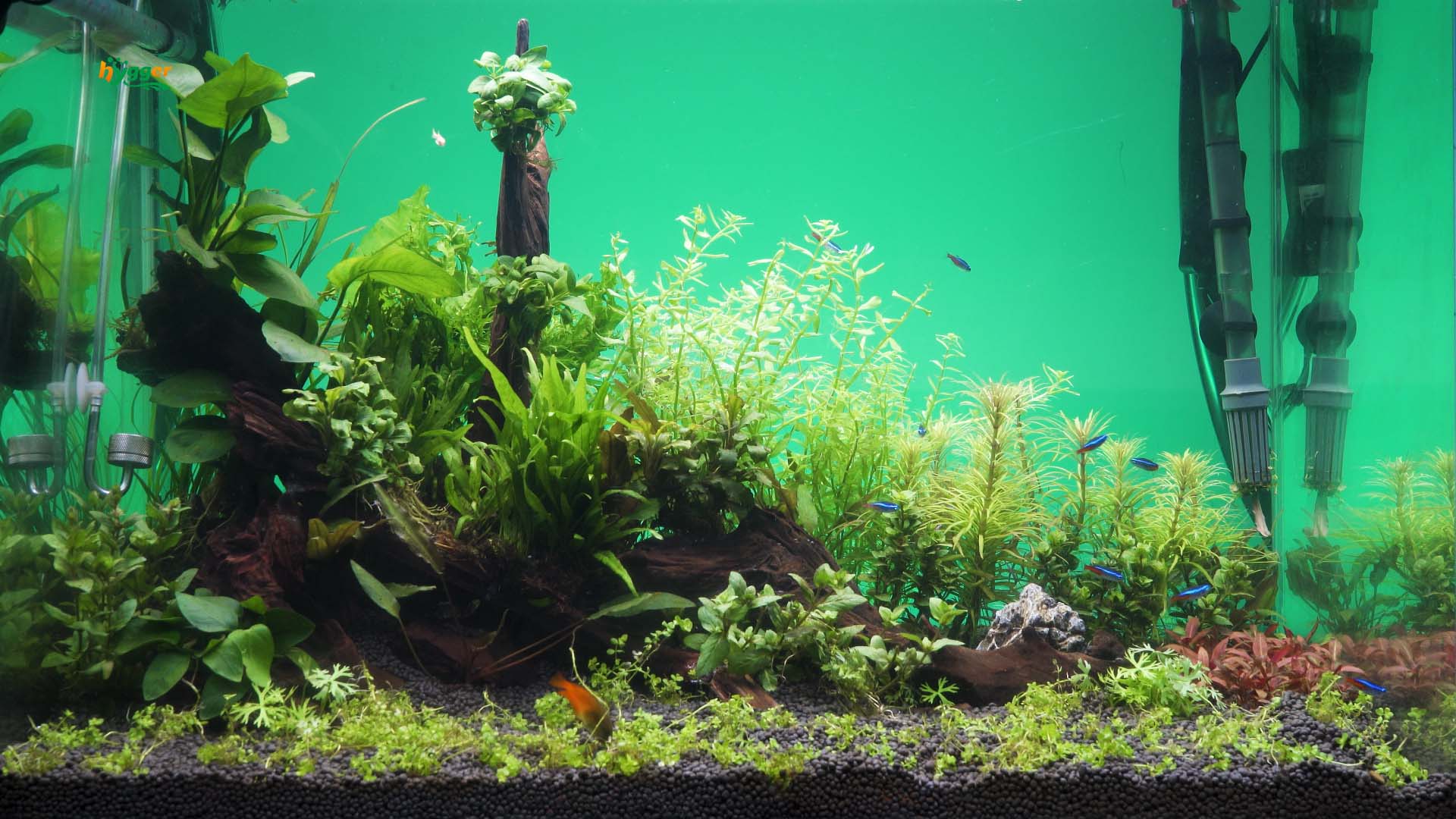
How to Remove Phosphorus from Fish Tanks
When phosphorus levels spike, intervention becomes necessary to maintain a balanced aquarium. Several methods effectively lower phosphorus:
- Regular Water Changes
A fundamental yet potent method to dilute phosphorus levels is through routine water changes, removing accumulated waste and excess nutrients.
- Filtration Systems
Utilize specialized phosphate-removing filter media or reactors designed to absorb phosphate ions from the water column.
- Natural Remediation
Incorporate aquatic plants known for their ability to absorb phosphorus, such as plant hornwort or water lettuce, aiding in nutrient uptake and regulation.
- Controlled Feeding
Minimize overfeeding, a primary contributor to excess phosphorus, by offering measured amounts of fish food to prevent uneaten leftovers.
Conclusion
Understanding and managing the phosphorus cycle in aquariums is essential for nurturing thriving aquatic ecosystems. Its role in sustaining life is undeniable, yet its delicate balance is crucial.
By grasping the complexities of phosphorus dynamics, regulating levels, and employing effective removal techniques, aquarists can ensure vibrant, healthy underwater worlds. Mastering this phosphorus cycle steps ensures harmony, fostering a haven where marine life flourishes in balance.
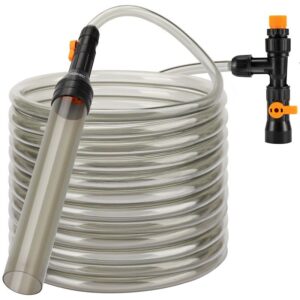
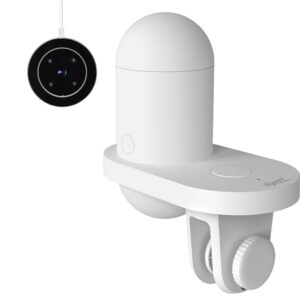
Leave a comment